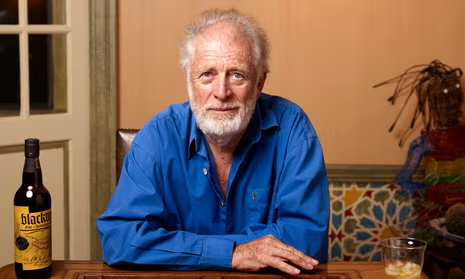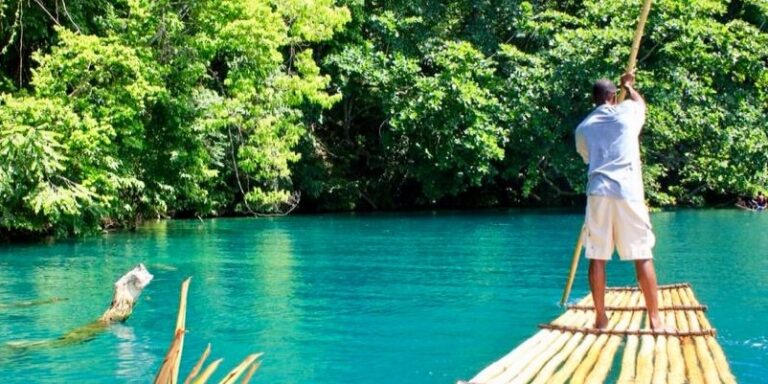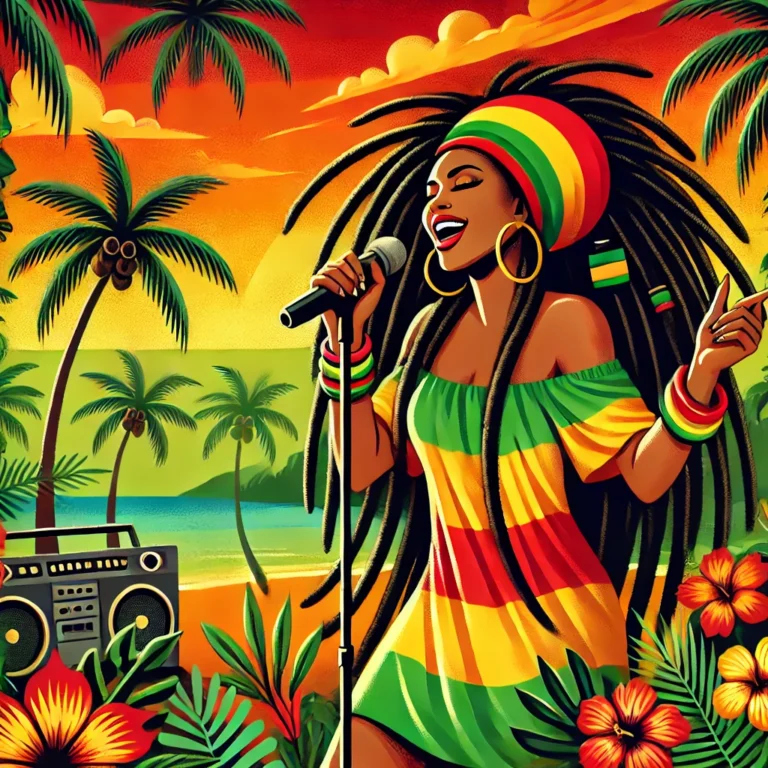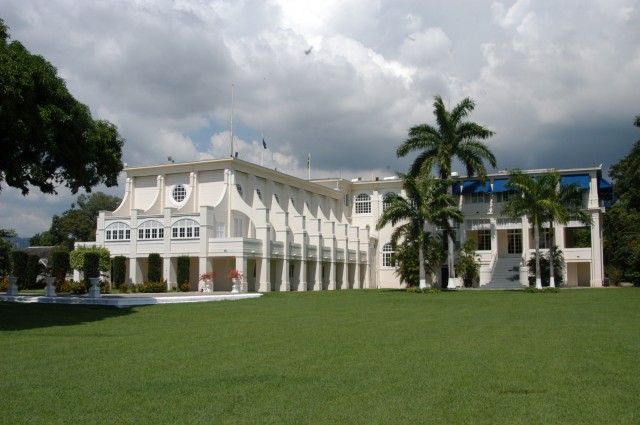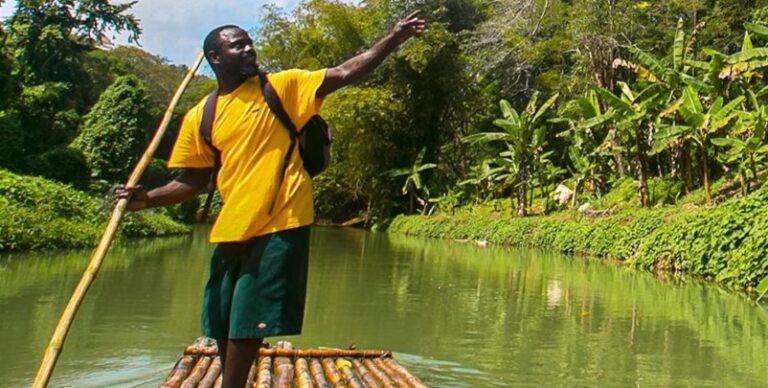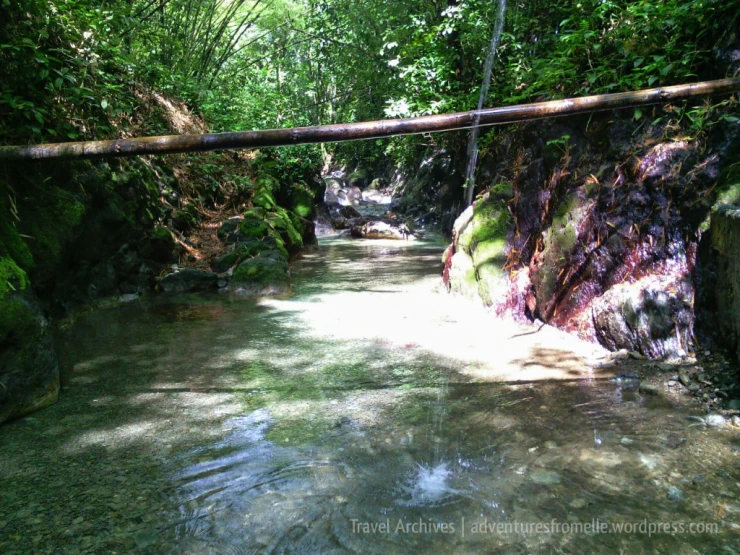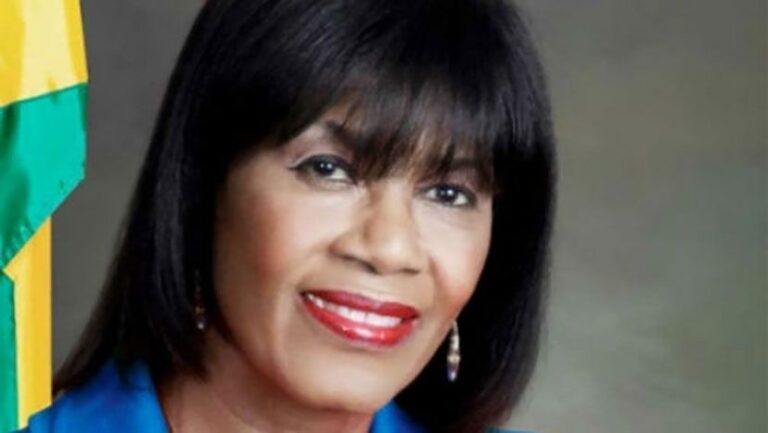Port Maria, a charming coastal town on Jamaica’s north coast, is a destination rich in history, culture, and natural splendor. Though it may not be as famous as Montego Bay or Ocho Rios, this quiet yet vibrant town offers an authentic Jamaican experience that captivates visitors with its old-world charm, stunning beaches, and historical significance.
A Glimpse into History
Port Maria, the capital of Saint Mary Parish, played a crucial role in Jamaica’s colonial history. Originally inhabited by the indigenous Taíno people, it later became a key site for British and Spanish settlers in the 17th and 18th centuries. The town was a center for sugar plantations and the slave trade, contributing to Jamaica’s economic growth during the colonial era.
One of the most historically significant sites in Port Maria is Firefly Estate, once home to British playwright Sir Noël Coward. This estate, perched on a hill, offers breathtaking views of the coastline and a glimpse into the life of one of the 20th century’s most renowned writers. Firefly was also once a lookout for the infamous pirate Henry Morgan, adding to the estate’s mystique.
Another historical site worth visiting is Fort Haldane, an 18th-century British fort that played a role in suppressing the First Maroon War. Overlooking the harbor, the fort stands as a reminder of Jamaica’s struggle for freedom and resilience against colonial rule.
Breathtaking Natural Attractions
Nature lovers will find plenty to explore in and around Port Maria. The town’s beaches, such as Pagee Beach and Blue Harbour, offer pristine sands and crystal-clear waters perfect for relaxation and swimming. Unlike the crowded beaches in more tourist-heavy areas, Port Maria’s coastline remains tranquil and unspoiled.
Just outside the town, the Wag Water River provides opportunities for river tubing and nature walks, allowing visitors to immerse themselves in Jamaica’s lush tropical landscapes. Nearby, Kwame Falls, a hidden gem, is a scenic waterfall nestled within the rainforest, accessible through a rewarding hike.
A Taste of Jamaican Culture
Port Maria is also a hub for Jamaican culture, offering a blend of traditional and contemporary influences. The town’s markets are filled with vibrant displays of fresh produce, local crafts, and delicious street food. Ackee and saltfish, Jamaica’s national dish, is a must-try, along with jerk chicken and fresh seafood caught right off the coast.
For those interested in music and arts, Port Maria has a deep connection to reggae and other Jamaican genres. The town has produced several influential musicians and remains a place where reggae’s rhythmic pulse can be felt in local gatherings and celebrations.
Why Visit Port Maria?
Unlike the bustling tourist hubs of Jamaica, Port Maria offers a more laid-back and authentic experience. Whether you’re a history enthusiast, nature lover, or someone seeking a peaceful escape, this charming town has something special to offer. Its blend of history, culture, and natural beauty makes it one of Jamaica’s best-kept secrets, waiting to be explored.
If you’re planning a trip to Jamaica, consider stepping off the beaten path and discovering the wonders of Port Maria. You might just find yourself enchanted by its timeless charm and rich heritage.



